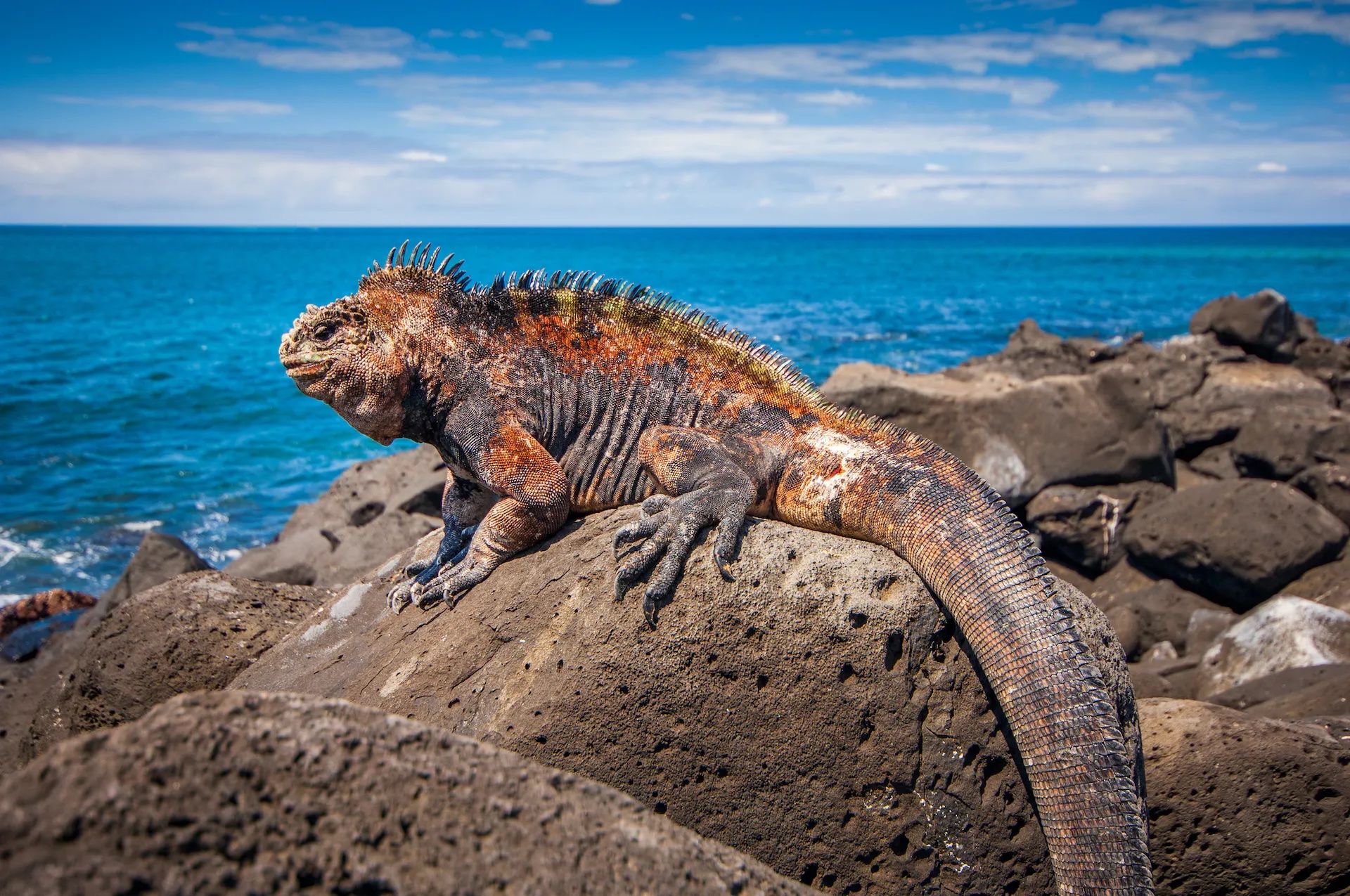sickofyourcrap.com – The Galápagos Islands, an archipelago of volcanic islands distributed on either side of the Equator in the Pacific Ocean, some 970 kilometers (600 mi) west of Ecuador, have long been recognized as a unique and critical site in the history of science. These islands, with their diverse and often peculiar wildlife, played a pivotal role in the development of one of the most important scientific theories of all time: the theory of evolution by natural selection.
The Voyage of the Beagle
The story of the Galápagos Islands’ influence on the theory of evolution begins with the voyage of the HMS Beagle. In 1831, the young naturalist Charles Darwin embarked on a five-year journey around the world aboard the Beagle. The ship’s primary mission was to chart poorly understood regions of the South American coast, but for Darwin, the voyage was an opportunity to observe and collect biological and geological specimens.
The Islands that Changed Science
The Beagle arrived at the Galápagos in September 1835. Darwin spent five weeks on the islands, exploring four of them: Santiago, Floreana, Isabela, and San Cristóbal. The unique flora and fauna he encountered there would later prove to be a crucial element in the development of his ideas on evolution.
Unique Wildlife
The Galápagos Islands are home to a variety of species found nowhere else on Earth, including the famous Galápagos tortoises, marine iguanas, and several species of finches. It was these finches, in particular, that would become a key piece of evidence for Darwin’s theory.
The Finches and the Theory of Evolution
Darwin noticed that the beaks of the finches varied slightly from island to island. These variations, he later theorized, were adaptations to different food sources available on each island. This observation, combined with his studies of other species on the islands and his extensive research in South America, led Darwin to develop his theory of natural selection.
The Development of a Theory
After returning to England, Darwin spent years analyzing his findings and those of other scientists. It wasn’t until 1859, 24 years after his visit to the Galápagos, that he published “On the Origin of Species,” outlining his theory of evolution by natural selection.
The Legacy of the Galápagos
The Galápagos Islands continue to be a critical site for the study of evolution and ecology. The unique conditions that inspired Darwin’s groundbreaking work also make the islands a delicate ecosystem, vulnerable to the impacts of climate change, invasive species, and human activity.
Conservation Efforts
Recognizing the importance of the Galápagos, both for science and for the natural world, conservation efforts have been underway for decades. The Galápagos National Park was established in 1959, and in 1978, the islands were designated as a UNESCO World Heritage Site.
Conclusion
The Galápagos Islands are more than just a tourist destination; they are a living laboratory and a monument to the natural processes that shape life on Earth. Charles Darwin’s observations in the Galápagos were a pivotal moment in the history of science, leading to a deeper understanding of the diversity of life and our place within it. As we continue to explore and protect these remarkable islands, we honor the legacy of Darwin and the ongoing quest to understand the natural world.
